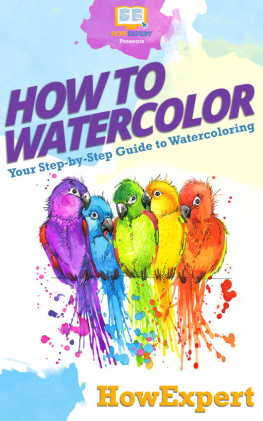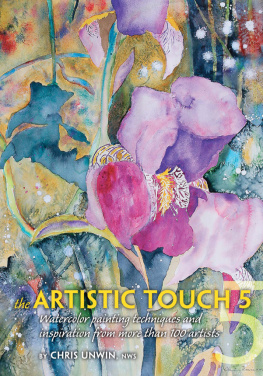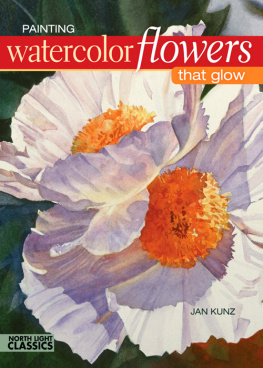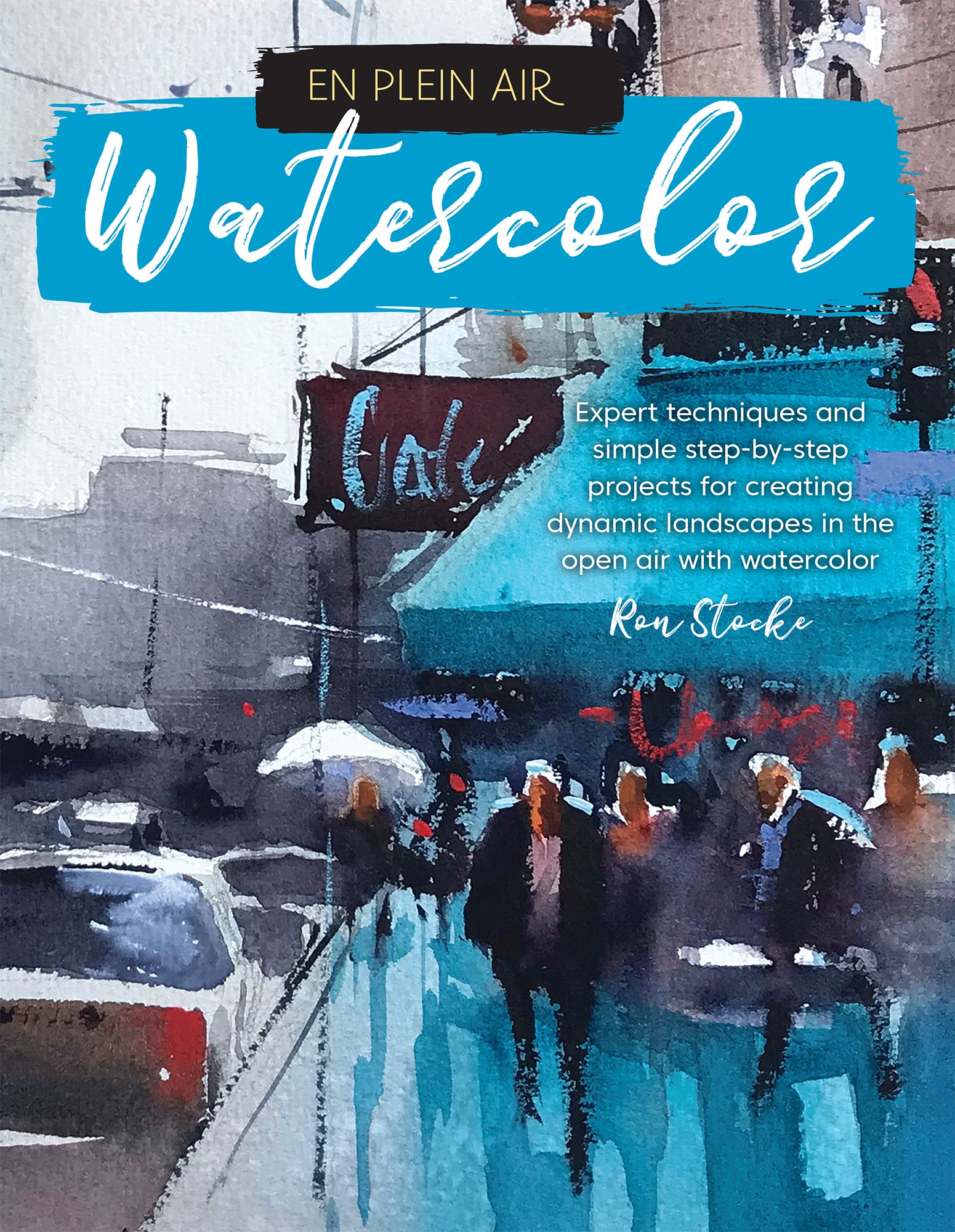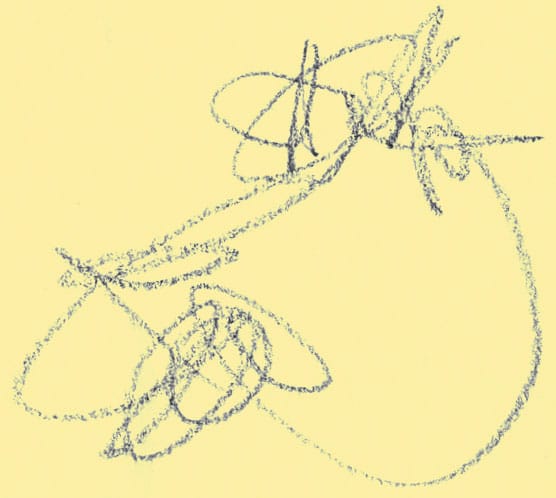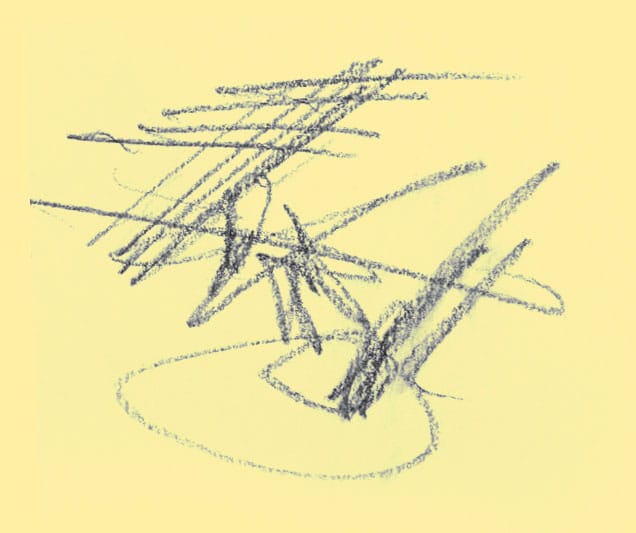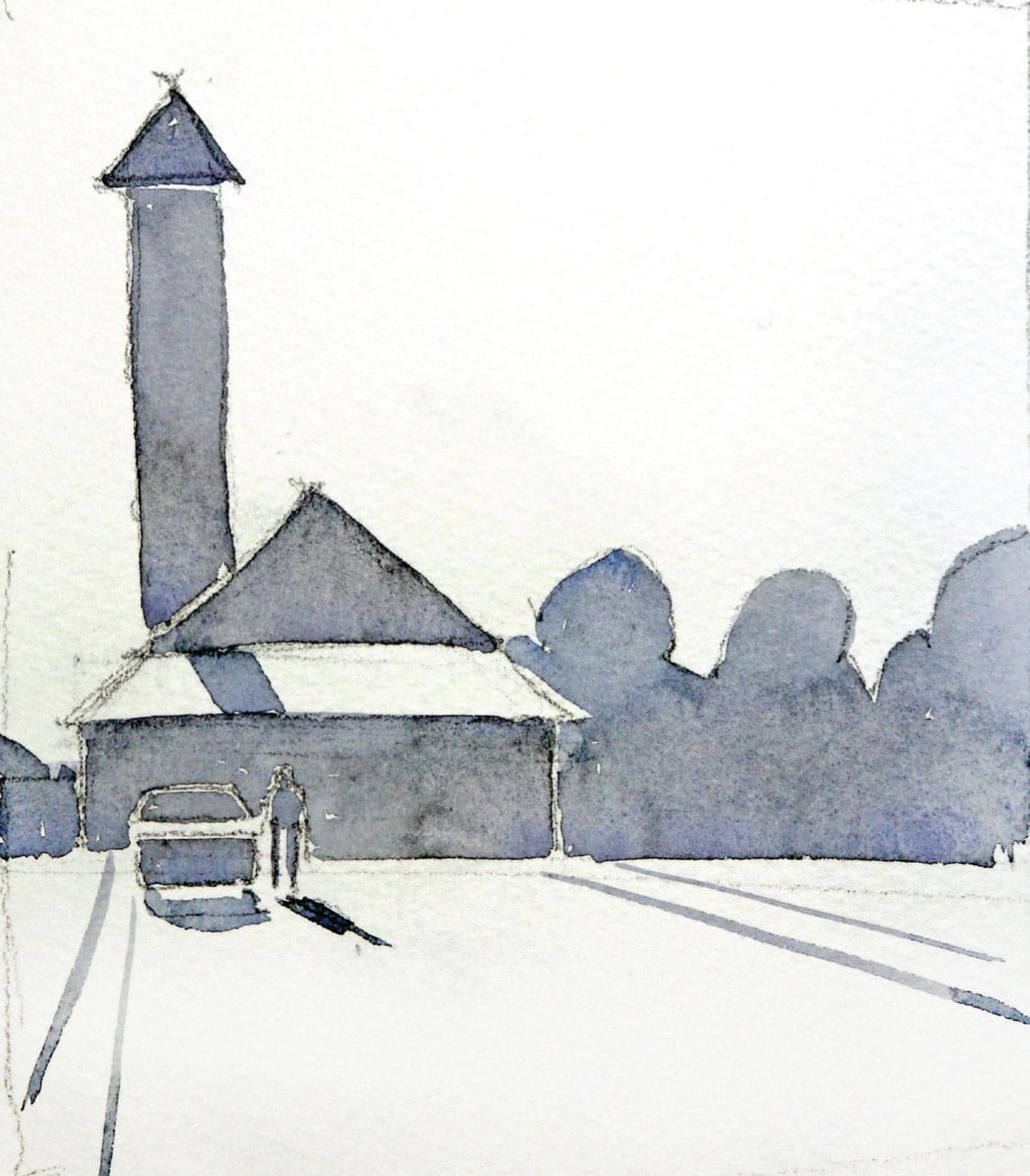Ron Stocke - En Plein Air: Watercolor: Expert Techniques and Simple Step-by-Step Projects for Creating Dynamic Landscapes in the Open Air with Watercolor
Here you can read online Ron Stocke - En Plein Air: Watercolor: Expert Techniques and Simple Step-by-Step Projects for Creating Dynamic Landscapes in the Open Air with Watercolor full text of the book (entire story) in english for free. Download pdf and epub, get meaning, cover and reviews about this ebook. year: 2018, publisher: Walter Foster Publishing, genre: Home and family. Description of the work, (preface) as well as reviews are available. Best literature library LitArk.com created for fans of good reading and offers a wide selection of genres:
Romance novel
Science fiction
Adventure
Detective
Science
History
Home and family
Prose
Art
Politics
Computer
Non-fiction
Religion
Business
Children
Humor
Choose a favorite category and find really read worthwhile books. Enjoy immersion in the world of imagination, feel the emotions of the characters or learn something new for yourself, make an fascinating discovery.

- Book:En Plein Air: Watercolor: Expert Techniques and Simple Step-by-Step Projects for Creating Dynamic Landscapes in the Open Air with Watercolor
- Author:
- Publisher:Walter Foster Publishing
- Genre:
- Year:2018
- Rating:4 / 5
- Favourites:Add to favourites
- Your mark:
En Plein Air: Watercolor: Expert Techniques and Simple Step-by-Step Projects for Creating Dynamic Landscapes in the Open Air with Watercolor: summary, description and annotation
We offer to read an annotation, description, summary or preface (depends on what the author of the book "En Plein Air: Watercolor: Expert Techniques and Simple Step-by-Step Projects for Creating Dynamic Landscapes in the Open Air with Watercolor" wrote himself). If you haven't found the necessary information about the book — write in the comments, we will try to find it.
For artists looking to grow beyond the studio, En Plein Air: Watercolor is the definitive resource for experiencing the rewards and invigoration of watercolor painting on location.
En Plein Air: Watercolor introduces beginning artists and fine-art enthusiasts to the core concepts of painting on location. This guide will have you fully prepared for a day of painting outdoors. Inside, youll find a comprehensive list of what to pack to maximize your time, learn how to choose a subject and interpret it for a composition, discover how to deal with the challenges of shadows and shifting natural light, and hone your watercolor techniques.
The collection of step-by-step projects will help you gain new artistic skills as you create unique, dynamic artwork outside the studio. Perfect for artists looking to break outside the norm, En Plein Air: Watercolor is your complete guide to experiencing the unique rewards of painting on location with the invigorating medium of watercolor.
Ron Stocke: author's other books
Who wrote En Plein Air: Watercolor: Expert Techniques and Simple Step-by-Step Projects for Creating Dynamic Landscapes in the Open Air with Watercolor? Find out the surname, the name of the author of the book and a list of all author's works by series.

